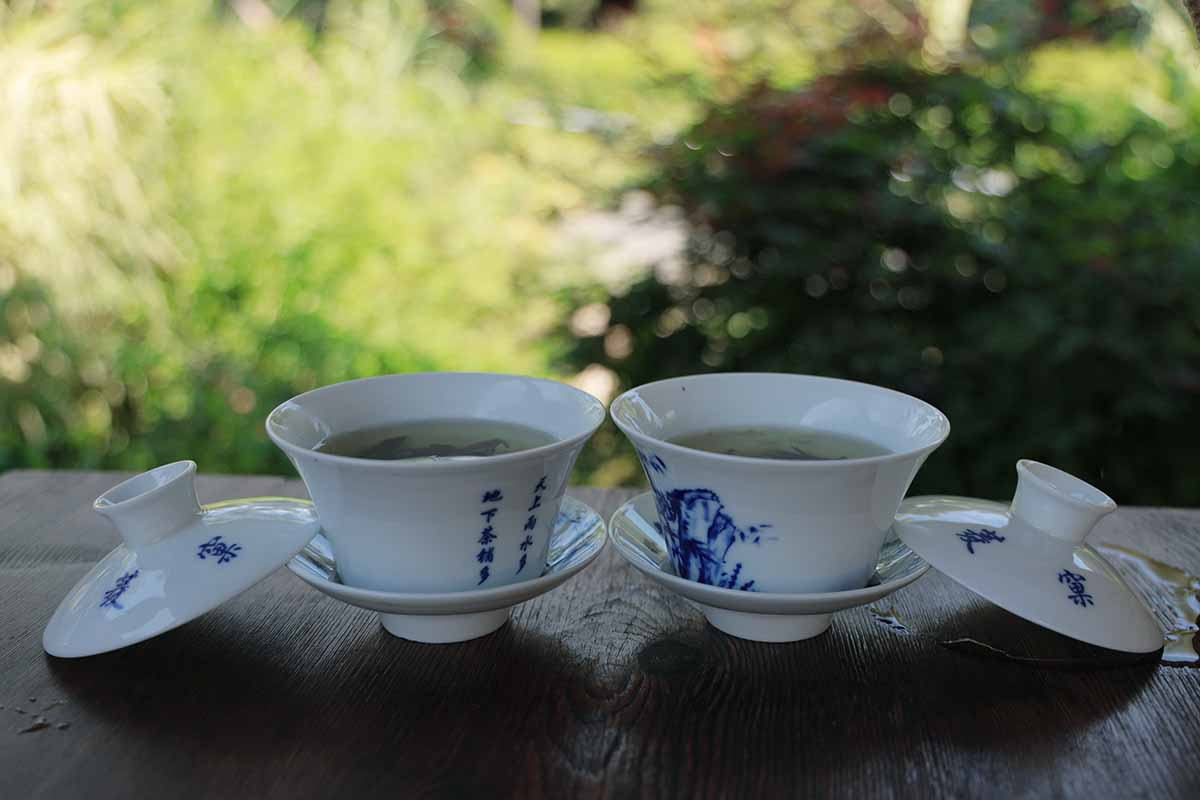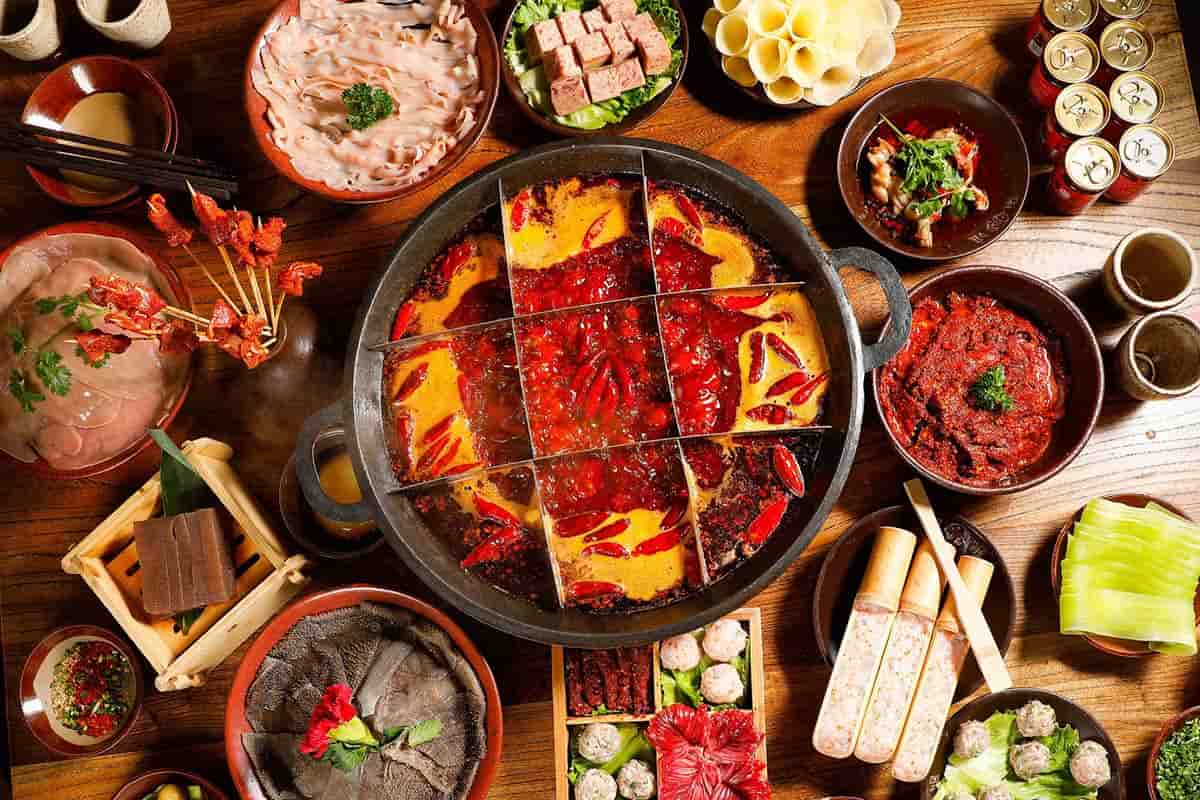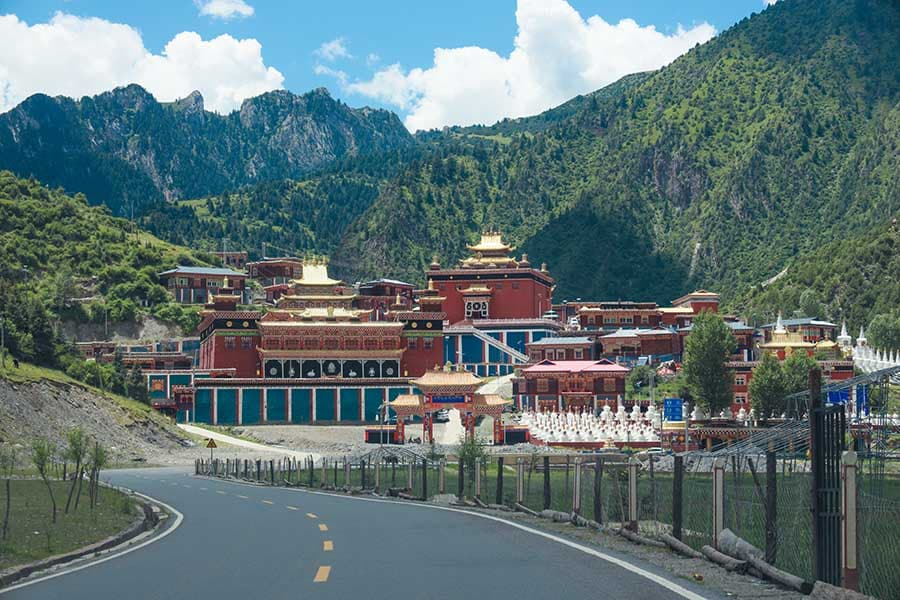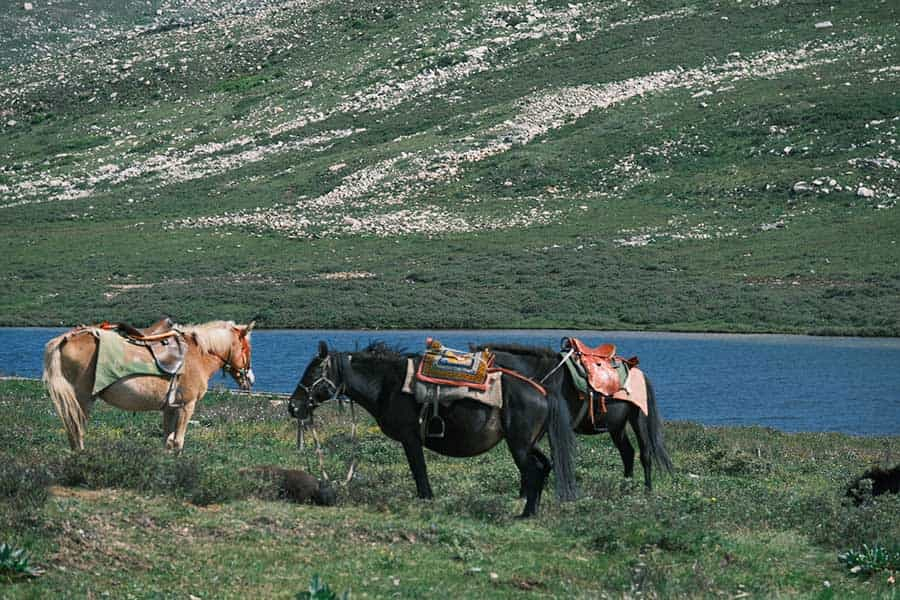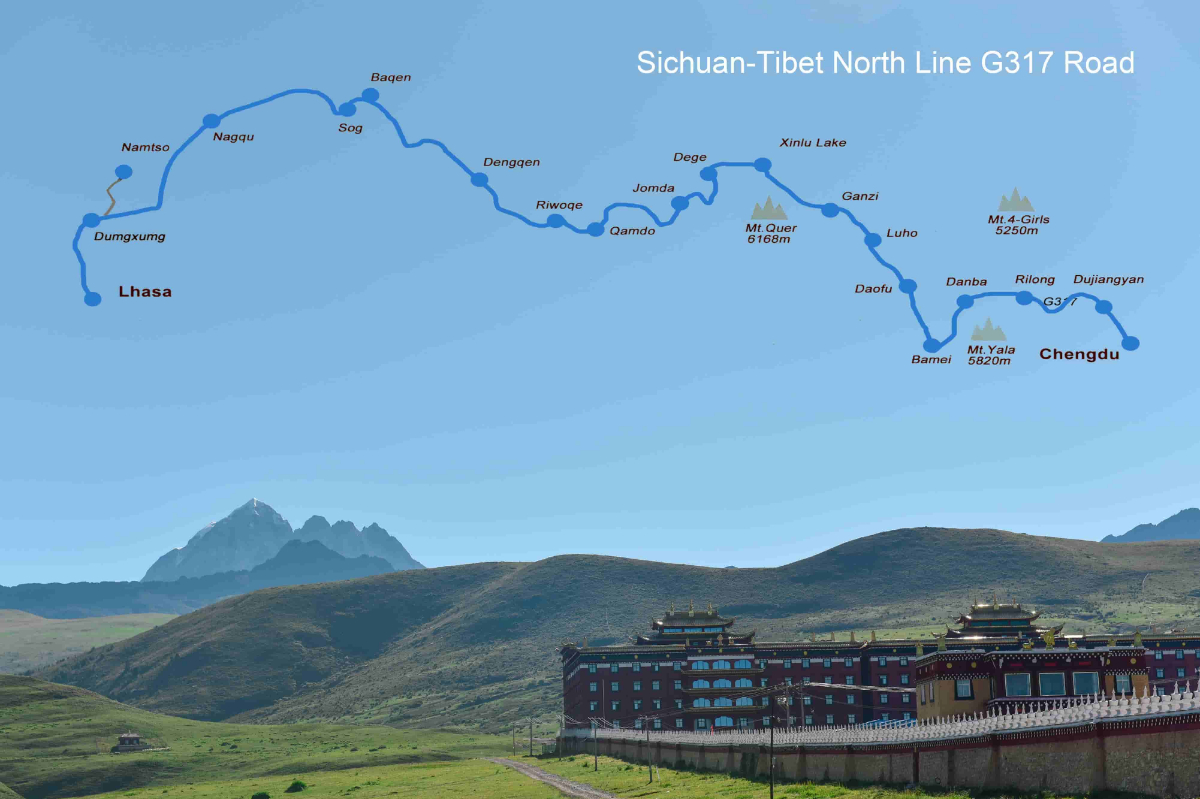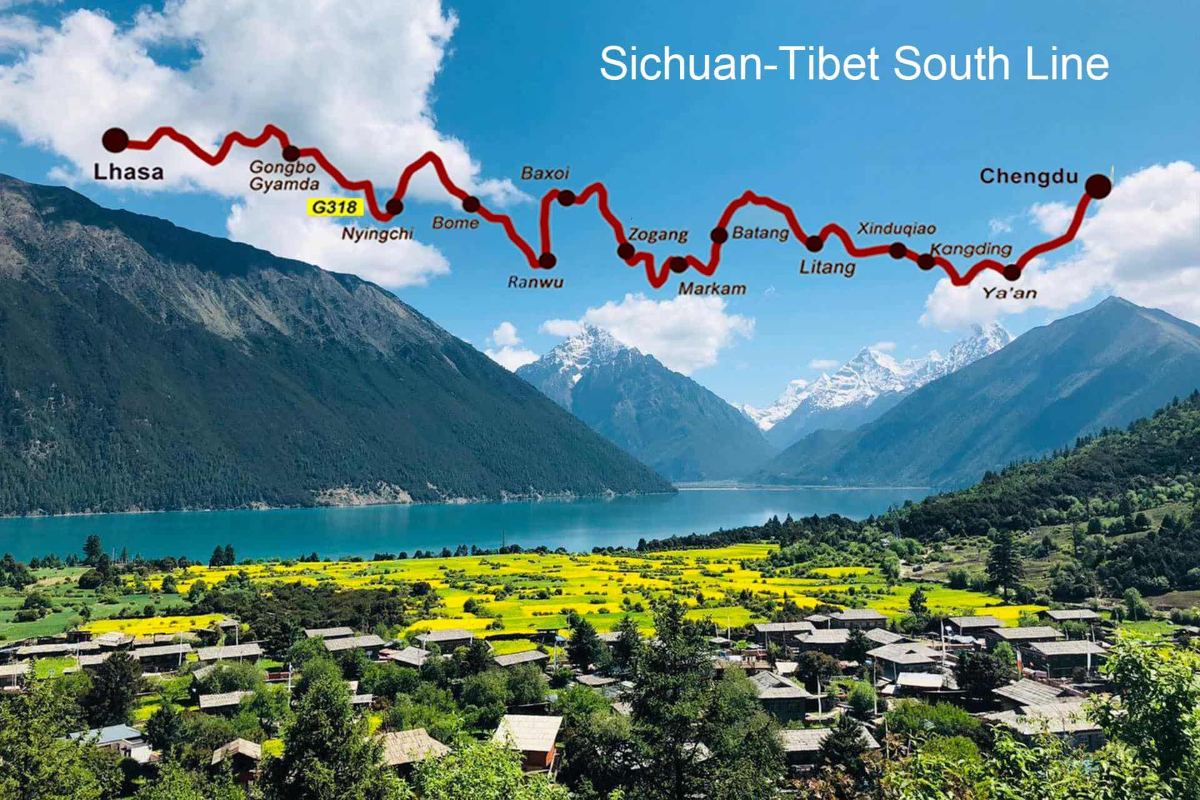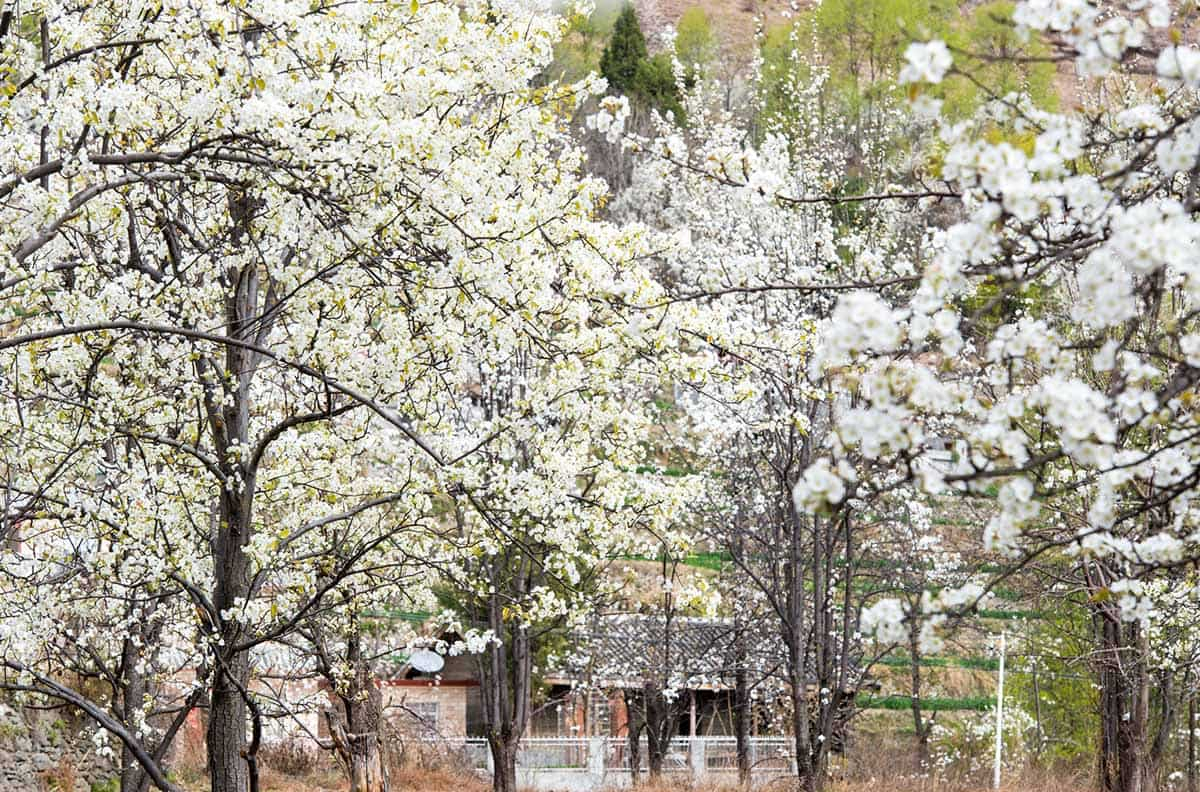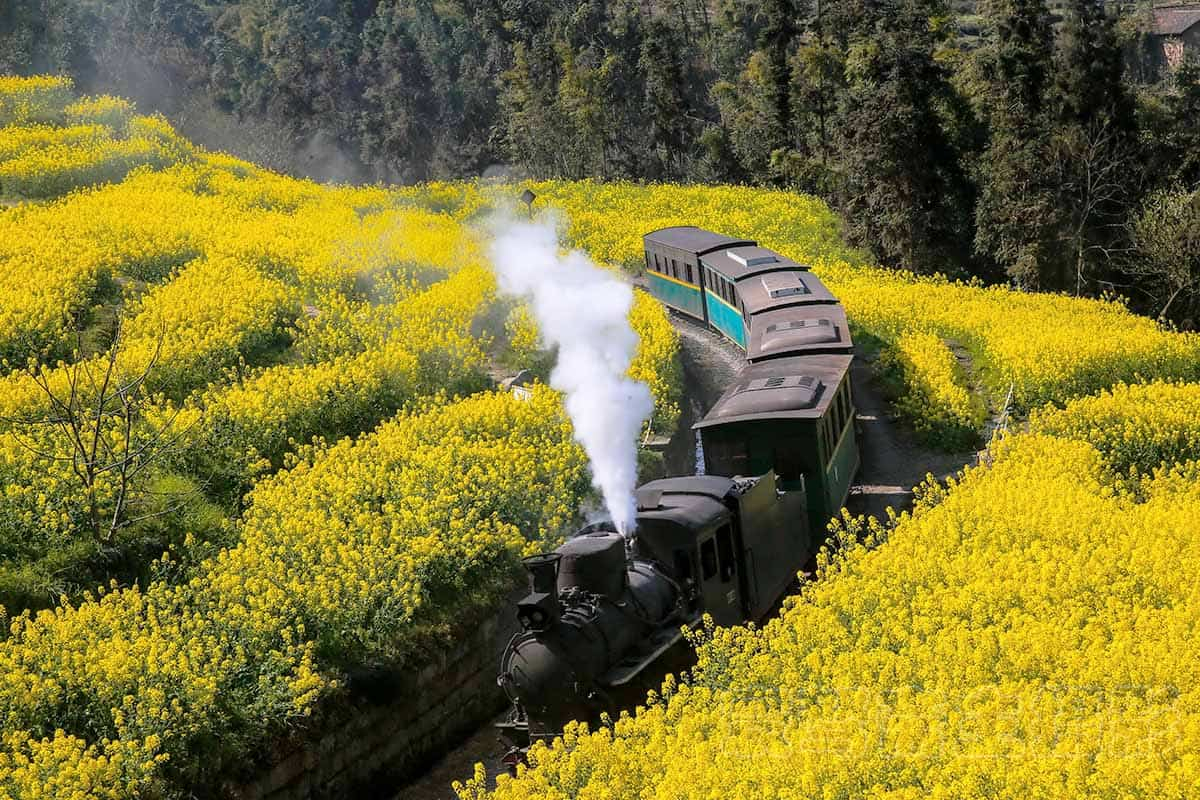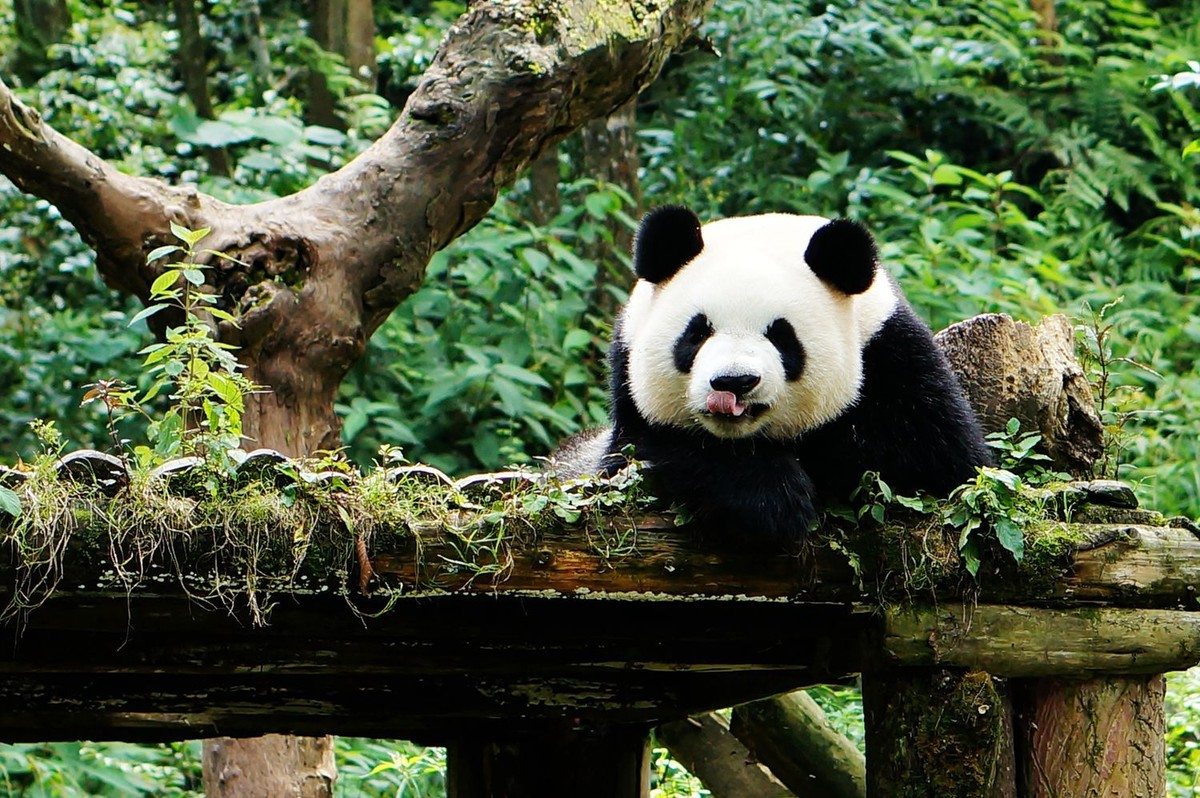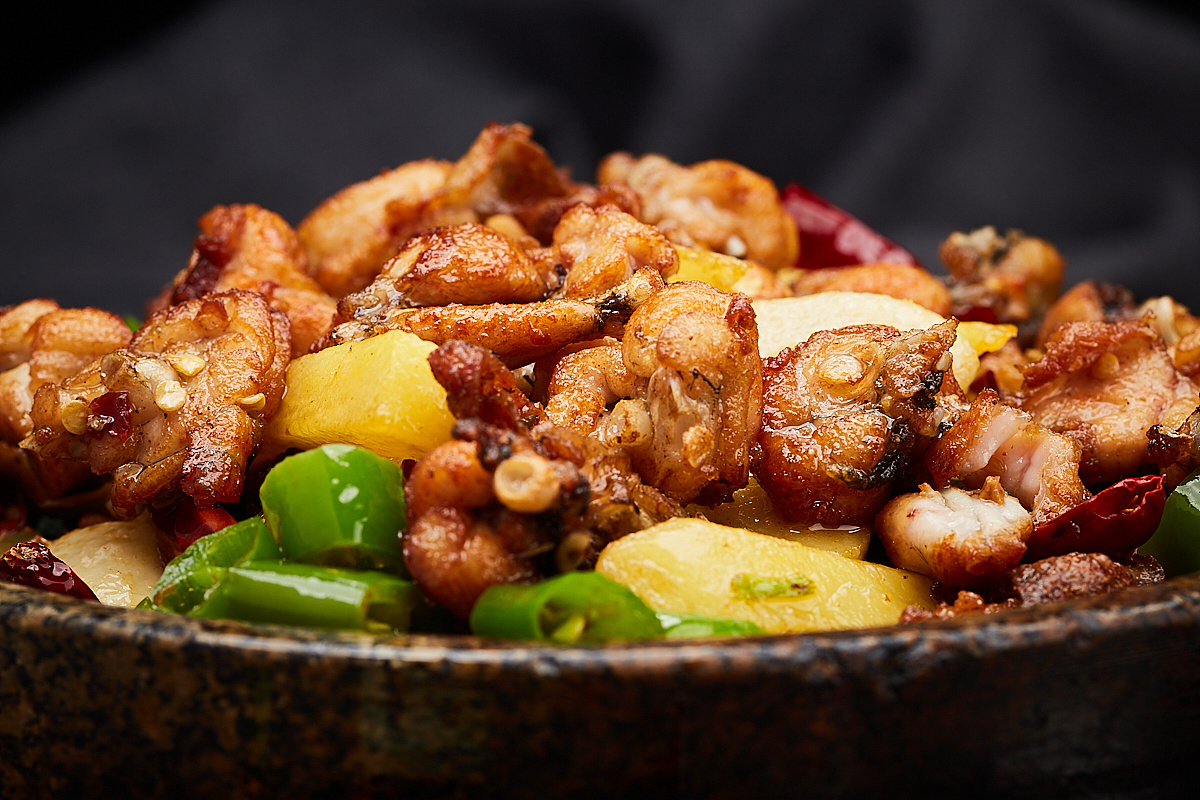Sichuan Zigong Travel Guide

Zigong, a prefecture level city of Sichuan Province, located in the south of Sichuan Basin. It covers an area of 4,381 square kilometers, has jurisdiction over 4 districts and 2 counties and a permanent population of about 2,5 million.
The city of Zigong was set up because of salt. The characters Zi and Gong come from the name of the two salt wells, Ziliujing and Gongjing, called Zigong City by taking the first character of Ziliujing and Gongjing. Zigong is also an important place of dinosaur fossils in China, known as the hometown of dinosaurs, with Zigong Dinosaur Museum, one of the three largest dinosaur museums in the world famous at home and abroad. Salt is the ancestor of all kinds of food in Zigong, rooted in Bashu culture and derived from Sichuan cuisine series. Along with the prosperity and development of salt industry economy, Zigong salt dish has become the representative of "Xiaohebang" cuisine in southern Sichuan, which is different from "Shanghebang" and "Xiahebang" cuisine in Chengdu and Chongqing.
Zigong has a long history of more than 2,200 years. This area has become part of the Ba and Shu prefectures in the Qin Dynasty(221BC to 207BC).
● Top things to do in Zigong
Zigong Dinosaur Museum
The national 4A level scenic spot, located at northeast of Zigong city, 9 kilometers from the city center, is the world famous "Dashanpu dinosaur fossil group site" large site museum, also China's first professional dinosaur museum, one of the ruins of the world's three largest dinosaur museums, core of UNESCO world geological park in Zigong and national first class museum.
The museum's collection of fossil specimens almost includes all known dinosaur species in the Jurassic Period 205-135 million years ago, which is the largest collection and display of Jurassic dinosaur fossils in the world, and is evaluated as "the best dinosaur museum in the world" by the National Geographic of the United States.
Zigong Salt Industry History Museum
One of the earliest professional museums set up in China, the only salt industry history museum in China and the core scenic area of Zigong World Geopark. Exquisite design, complex structure, palace architecture and folk architecture in one, formed its own distinctive characteristics and personality, known as the treasure of ancient Chinese architecture. There are nearly 20 categories of cultural relics, including salt historical relics, calligraphy and painting, pottery, porcelain, bronze ware, coins, embroidery, bills and so on. Salt historical relics have the uniqueness and integrity of resources, such as the world's only set of the most complete ancient Chinese well sinking, repairing well tool group, the salt contract represented by "the oldest stock in China", contracts, bills, account books and rockmouth books retained in the process of salt production and operation.
Shenhai Well was dug in 1835 with a depth of 1,01.42 meters. It is the world's first well over 1,000 meters deep and an important part of Zigong World Geoparks. It adopts the Chinese traditional impact drilling method. Shenhai Well is a production well mainly producing natural gas and black halogen, which is a symbol of the maturity of ancient Chinese drilling technology. It comprehensively reflects the development level of ancient Chinese drilling technology and is an important milestone in the history of science and technology in the world.
Zigong Lantern Festival
Zigong Lantern Festival is a folk culture with historical tradition. It took shape during the Qingming Festival and gradually evolved into a large scale folk culture activity with relatively fixed connotation, which is carried out in a specific period of time (Spring Festival) and has a certain inheritance line. One of the most remarkable features is that the lantern fair organizes dozens of large and medium sized groups of lights and thousands of craft lights exhibition. The grand scale forms a sea of colored lights, like a fairyland, and the lamp group volume is large, spectacular and amazing.
● Zigong Food&Drinks
Cold rabbit (also known as spicy rabbit) is a traditional folk food in Zigong with a history of more than 100 years. It is a must eat dish for entertaining guests in Zigong and is often carried when going out.
Huobianzi beef: It tastes crispy and delicious, with a long aftertaste and easy to carry. For hundreds of years, it has been a good gift from Zigong, and has been awarded national, provincial and municipal awards for many times.
Fushun toufu pudding is widely spread and influential because of its tender and delicious flavor. It is eaten together with seasonings and rice, which occupies a place in Chinese catering culture. The recipe and production of Fushun toufu pudding have their own historical origin and uniqueness.
● Zigong Transportation
Airport: Zigong's civil aviation transportation mainly relies on Chengdu Shuangliu International Airport, Chengdu Tianfu International Airport , Chongqing Jiangbei International Airport and Yibin Caiba Airport.
Railways: From Zigong station, you can take direct trains to Chengdu, Chongqing, Kunming, Guiyang, Guangzhou, Hangzhou, Xi 'an, Hohhot and other important cities in China.
Expressways: there are 5 expressways to Chengdu and other cities in the province and the country. It is 190km/2.5 hours from Chengdu, the provincial capital.
● Zigong Weather
Zigong city has superior natural conditions and is located in the central sub-tropical humid monsoon climate zone. According to the natural landscape and plant ecology, it has some southern sub-tropical humid climate attributes. The annual average temperature is 17.5 to 18.0 ℃. Warm winter, hot summer, early spring, short autumn and abundant rainfall.
- HOTEST
- RECOMMEND
